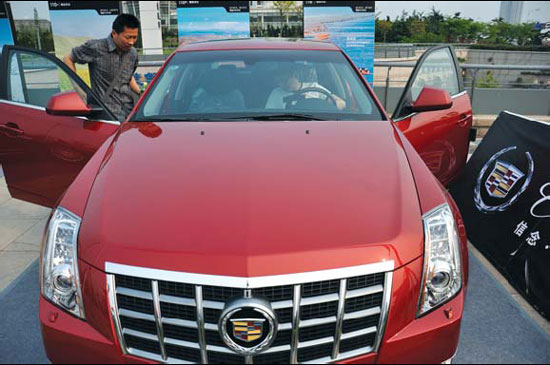Billy T said:That is the in use advantage, considering only CO2 release. The Norwegian Study was a life cycle one, considering many other forms of pollution, even acid rain etc. EVs had double the IC engine car pollution in the making and disposal, so it would depend on how many years of use, without battery exchange, etc.
EMPA [the Swiss Federal Laboratories for Materials Science and Technology] calculates that the contribution of the battery manufacture, use, and disposal contributed a mere 15% to the life cycle impact of the electric vehicle over a 150,000 km (93,000 mile) life span. Half of this is due to refining the copper and aluminum used in the batteries; the lithium contributes only 2.3 percent.
As one would expect, the lifetime fuel use of the vehicle dominates the footprint. EMPA evaluated several sources for the power used to recharge the electric vehicle, and reports the results in a user-friendly comparison to the equivalent fuel efficiency of a gas-powered vehicle. Their findings prove that electric vehicles offer a better lifetime impact than currently available combustion engine technology, but perhaps by a smaller margin than one would like to think:
* An electric car charged with power from a coal-fired plant is roughly equivalent to a gas powered vehicle that gets 5.2L/100 km (45.2 mpg).
* If charged on the typical mix of European power, derived from renewables and nuclear power as well as combustion platns, the gas-powered vehicle needs to achive a fuel consumption of 3-4 L/100 km (78.4 to 58.8 mpg) to compete with electric.
* An electric car charged solely by renewable energy competes with a fuel efficiency of 2L/100 km (117.6 mpg).
--- http://www.treehugger.com/cars/life...print-of-gas-and-electric-passenger-cars.html
"That is the in use advantage, considering only CO2 release. The Norwegian Study was a life cycle one, considering many other forms of pollution, even acid rain etc. EVs had double the IC engine car pollution in the making and disposal, so it would depend on how many years of use, without battery exchange, etc.
--- http://www.google.com/url?sa=t&rct=...ye_RsBbROPuoqqQ&bvm=bv.42965579,d.b2I&cad=rja
"“Electric and hybrid cars create more carbon emissions during their production than standard vehicles – but are still greener overall.”"
--- http://www.triplepundit.com/2011/06...c-cars-compares-co2-impact-conventional-cars/
Top results of just one google search for "Electric cars life cycle analysis" ... swag.



